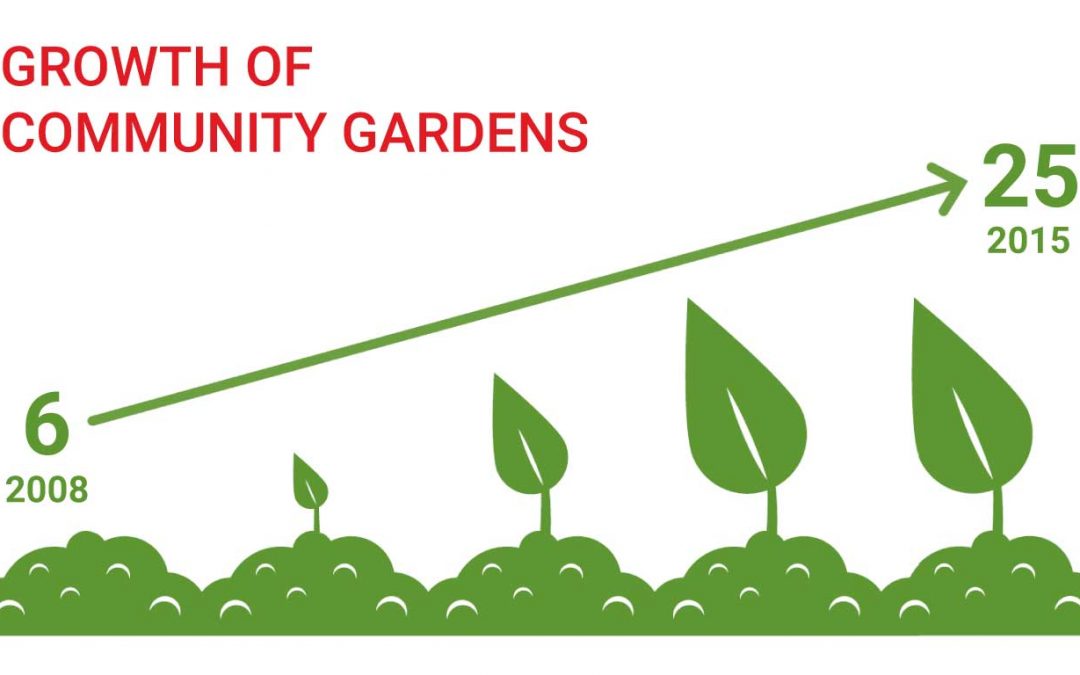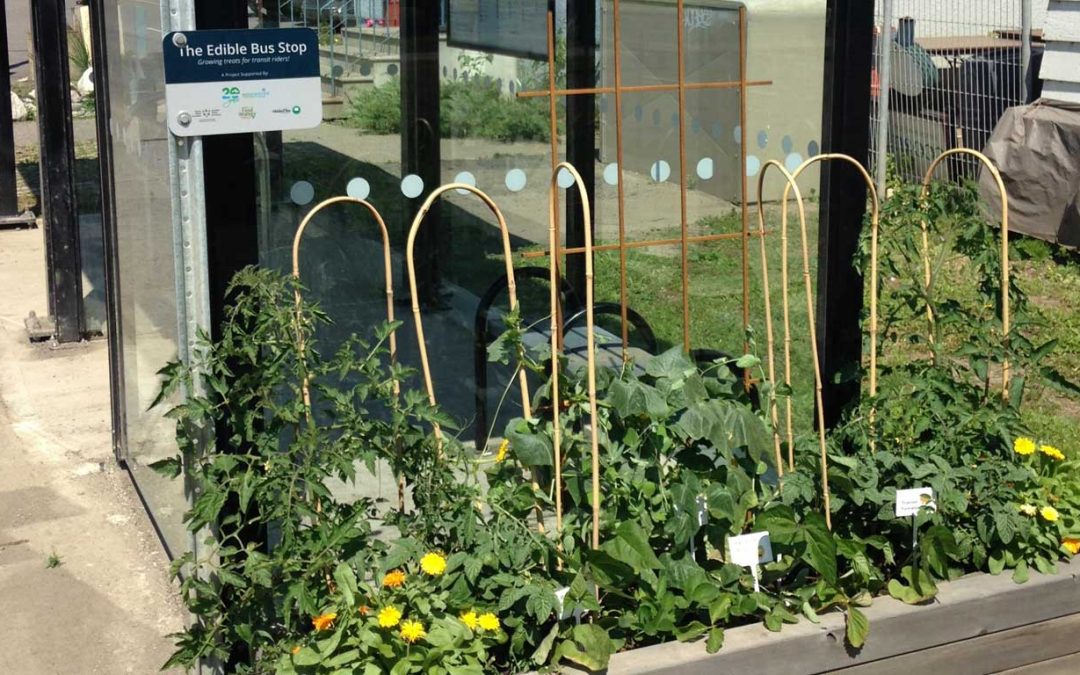by weaver | Jan 3, 2023 | 2022 Report, Analysis
The Thunder Bay Region is home to grasslands, meadows, numerous freshwater lakes and is surrounded by the Boreal forest which provides an abundance of wild game, fish, berries, mushrooms and much more. Forest and freshwater foods present a potential growth area that...
by weaver | Jan 3, 2023 | 2022 Report, References
Brendan Carling, Regional Food Distribution Association Maliheh Ghorbankhani, Lakehead University Kim McGibbon, Roots Community Food Centre & Thunder Bay District Health Unit Sarah Siska, Lakehead University Airin Stephens, Roots Community Food...
by weaver | Jan 3, 2023 | 2022 Report, References
Kendal Donahue, Ontario Ministry of Agriculture, Food and Rural Affairs Ivan Ho, Thunder Bay District Health Unit Bonnie Kyrosowaty, Lakehead Social Planning Council Jessica McLaughlin, Gaagige Zaagibigaa & the Indigenous Food Circle Gwen O’Reilly, Northwestern...
by weaver | Nov 24, 2022 | 2015 Report, Indicator Data
0 Measured: 2015 Source: Thunder Bay and Area Food Strategy. (2015). Community Food Security Database.

by weaver | Jun 13, 2022 | Context
AlfalfaApplesAsparagusBarleyBeefBeetsBlueberriesBroccoliCabbageCanolaCarrotsCauliflowerCorn CucumbersGarlicGreen beansGreen peasHerbsKaleLambLeeksLettuceOatsOnionsPearsPeppers PorkPotatoesPumpkinsRaspberriesRutabagasSnap peasSoybeansSquash and...

by weaver | May 26, 2022 | Context
The Report Card is broken into seven chapters that reflect the seven pillars of the Thunder Bay + Area Food Strategy. In each chapter you’ll find an introductory section to provide some context for the indicators, along with the indicators themselves, some...
by weaver | May 26, 2022 | 2022 Report, References
Karen Kerk, Coordinator, Thunder Bay + Area Food Strategy Charles Z. Levkoe, Canada Research Chair in Equitable and Sustainable Food Systems, Lakehead University Raili Roy, Beanstalk Consulting

by weaver | May 26, 2022 | Context
Each piece of information measured in this Report Card is called an indicator. Indicators in this Report Card have been chosen for each of the seven pillars of the Thunder Bay + Area Food Strategy so that we can measure progress or change on issues over time, ranging...
by weaver | May 26, 2022 | Context
Food systems include the economic, environmental and social factors involved in food production, distribution, processing, retail, consumption, and waste or repurposing. The People’s Food Policy is the first Canadian policy to be advanced based on food sovereignty...
by weaver | May 25, 2022 | Context
Food sovereignty is an approach to understanding the diverse relationships that bring food from the fields, waters, and forests to our plates. La Via Campesina, the world’s largest global peasant movement, defines food sovereignty as “the right of peoples to...

by weaver | May 25, 2022 | Context
Building Strong Community Food Systems Food is intimately tied to our health as individuals and plays a major role in the well-being of our communities, economies, and environments. While food is a critical component of healthy and sustainable communities,...
by weaver | May 25, 2022 | Context
In 2015, the Thunder Bay + Area Food Strategy created the Community Food System Report Card that established a snapshot of the challenges and opportunities within the regional food system. Beyond compiling a wealth of data, the initial Report Card also served to...

by weaver | May 17, 2022 | 2015 Report, Highlight
The Community Garden Collective is a network of community garden leaders that formed in 2009 to collaborate with the City of Thunder Bay, community members, groups and businesses to increase food skills, food security, and community engagement through community...

by weaver | May 17, 2022 | 2015 Report, Highlight
Transit riders at one Red River Road bus stop are now able to snack healthy over the summer—on crunchy pea pods, mini cucumbers and ripe tomatoes. The veggies grew in a mini garden next to the bus shelter, planted and cared for by EcoSuperior staff , with Food...

by weaver | May 17, 2022 | 2015 Report, Highlight
Each year EcoSuperior holds a plant sale with species for sale that are a good food source for pollinators. In 2014, EcoSuperior sold 525 pollinator plants and in 2015 sold 800, representing a 35%...
by weaver | May 17, 2022 | 2015 Report, Indicator Data
569 Measured: 2015 Source: Mitchell, J., (2015). Roots to Harvest. Personal Communication. 9
by weaver | May 17, 2022 | 2015 Report, Indicator Data
20 Measured: 2015 Source: Mitchell, J., (2015). Roots to Harvest. Personal Communication. 8
by weaver | May 17, 2022 | 2015 Report, Indicator Data
3 Measured: 2015 Source: Thunder Bay and Area Food Strategy. (2015). Community Food Security Database. 12
by weaver | May 17, 2022 | 2015 Report, Indicator Data
19 Measured: 2015 Source: Thunder Bay and Area Food Strategy. (2015). Community Food Security Database. 11
by weaver | May 17, 2022 | 2015 Report, Indicator Data
1 Measured: 2015 Source: Thunder Bay and Area Food Strategy. (2015). Community Food Security Database. 7
by weaver | May 17, 2022 | 2015 Report, Indicator Data
800 Measured: 2015 Source: Mortfield, E., (2015). EcoSuperior Environmental Programs. Personal Communication. 6
by weaver | May 17, 2022 | 2015 Report, Indicator Data
6 Measured: 2015 Source: Thunder Bay and Area Food Strategy. (2015). Community Food Security Database. 4
by weaver | May 17, 2022 | 2015 Report, Indicator Data
1 Measured: 2015 Source: Thunder Bay and Area Food Strategy. (2015). Community Food Security Database. 3

by weaver | May 17, 2022 | 2015 Report, Analysis
Urban agriculture has been on the rise in recent years within the Thunder Bay area. The number of community gardens has more than tripled since 2008 and have increasingly been created for different purposes. The most common type of community gardens are located in...

by weaver | May 17, 2022 | 2022 Report, Context
Most of our food grows on farms in rural areas, yet food production can be a thriving part of urban environments as well. Historically, gardens were a prominent feature within cities, with many people relying on gardens to grow some of their own food. Changing urban...










